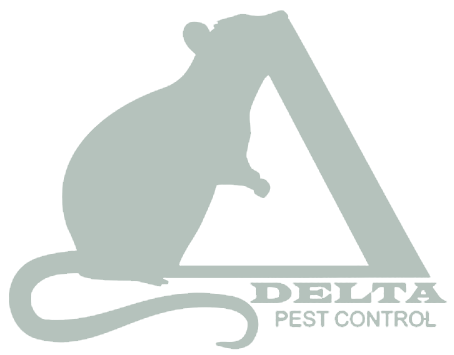Wildlife
Wildlife Control
Wildlife Control
They Are A Health Hazard
Wild animals are just that, they are wild and carry a variety of diseases. TV shows and movies have portrayed a variety of wild animals as cute, cuddly and harmless, but they are far from that. For example, in 2018 in Santa Clara, there have been 8 bats that have tested positive for rabies.
In addition, the list of diseases wildlife carry is extensive and sometimes deadly. (see list).
Nuisance wildlife can also cause extensive damage to your home or property. Animals will chew through wood and insulation, scratch through stucco and drywall, destroy plants and flowers, ruin food, and create hazardous conditions in your home that would require expensive restoration. Rodents that find their way into your home will chew on almost anything. The insulation around electrical wiring is a great nesting material. As the wiring is exposed, rodents will chew on the wires to help sharpen and grind their teeth and break the wiring, creating a fire hazard. It has been estimated that rodents cause up to 20% of undetermined fires in the United States each year. (see more).
At Delta Pest, it is our goal to resolve any wildlife issue without trapping the animal. We start off by eliminating any entry points into your home by installing exclusion equipment. This will remove a major source of food and shelter for the animal and deter it from remaining in the area of your property. We then do an inspection of your property to see if there is a secondary source of natural food and shelter and make suggestions to the homeowner on the correct preventative measures to take. This may include relocating landscaping and having us treat your property for the removal of other pests that the wildlife feeds on. Bats are not harmed in our removal process either and in some cases, we install a bat house to safely relocate them.
Contracting Diseases
The major disease carried by wildlife in Santa Clara is rabies. According to the CDC “Rabies is a preventable viral disease of mammals most often transmitted through the bite of a rabid animal. The vast majority of rabies cases reported to the Centers for Disease Control and Prevention (CDC) each year occur in wild animals like raccoons, skunks, bats, and foxes. The rabies virus infects the central nervous system, ultimately causing disease in the brain and death. The early symptoms of rabies in people are similar to that of many other illnesses, including fever, headache, and general weakness or discomfort. As the disease progresses, more specific symptoms appear and may include insomnia, anxiety, confusion, slight or partial paralysis, excitation, hallucinations, agitation, hypersalivation (increase in saliva), difficulty swallowing, and hydrophobia (fear of water). Death usually occurs within days of the onset of these symptoms.”
Diseases Rodents Can Transmit
These diseases can be transmitted directly from rodents to humans.
Parasites Rodents Can Transmit
These are transmitted indirectly, most commonly via other pest like ticks or mosquitoes.
Contracting Diseases
These are the most common ways to contract these diseases.

